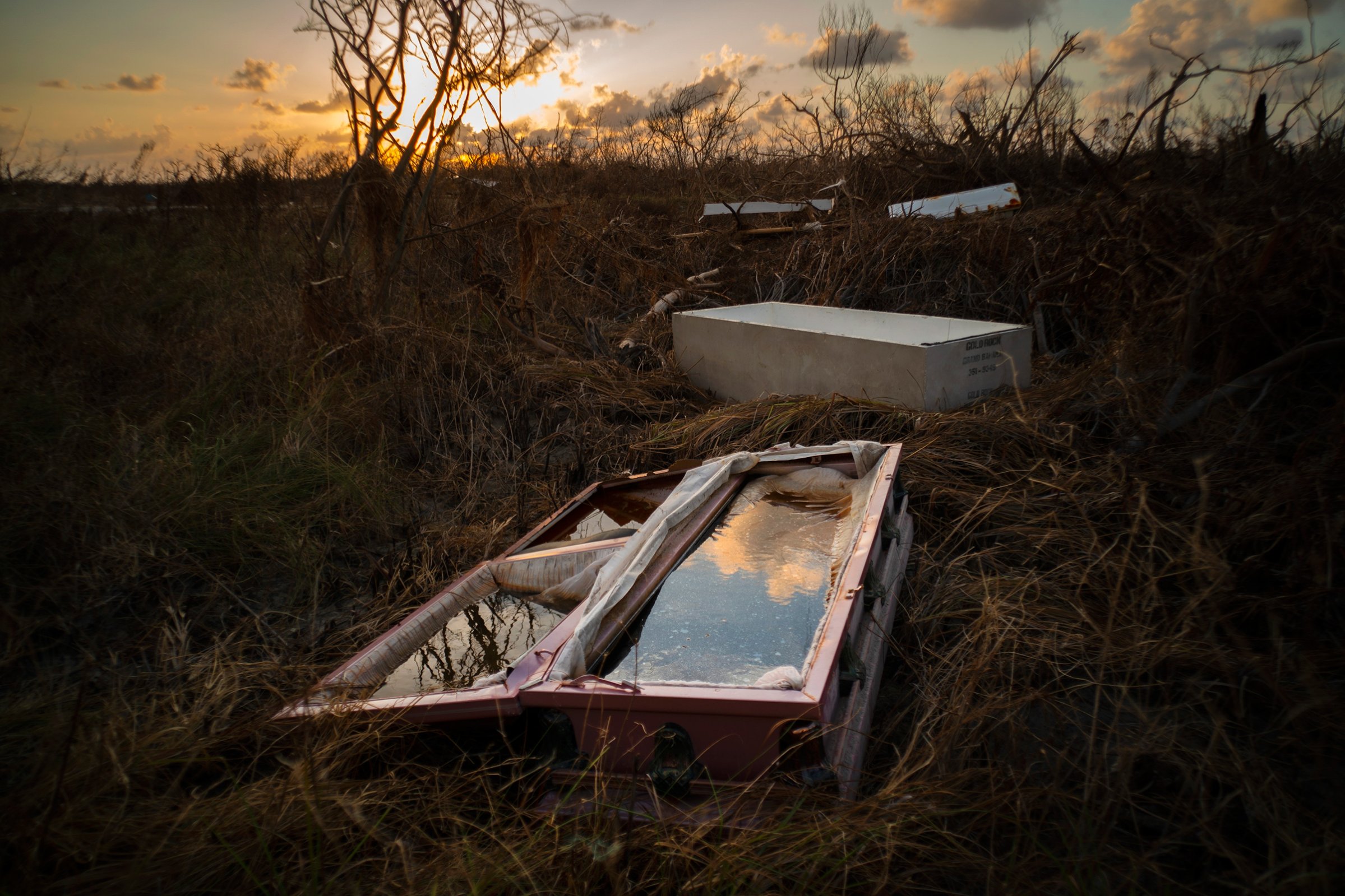
Associated Press staff photographer Ramon Espinosa is no stranger to covering hurricanes. He’s been reporting from the Bahamas since Aug. 29 as the islands braced for the impact of Hurricane Dorian. “I’ve covered hurricanes in the Caribbean the last fourteen years,” says Espinosa, “but nothing compared to this one.” Dorian’s death toll currently stands at 50, but over 1,000 people are still missing.
Dorian hit the Bahamas as a Category 5 hurricane, the strongest storm on record to hit the islands. It battered the Bahamas with 185 mph winds, visiting punishing damage on Abaco and Grand Bahama for at least 24 hours.
In the first days of the storm, his images of dramatic rescues felt startling and immediate — the closest thing to being there. More recently, he’s been able to travel to the areas most deeply affected, producing images that show the epic destruction, yet feel like a lament to what was lost — an attempt at at trying to absorb the incomprehensible landscapes of destroyed homes, churches, missing bodies and rubble.
With poor internet and phone connections still making it difficult to report, Espinosa took a few moments to tell TIME about the what he has witnessed in the hurricane’s wake. His answers have been edited for length and clarity.
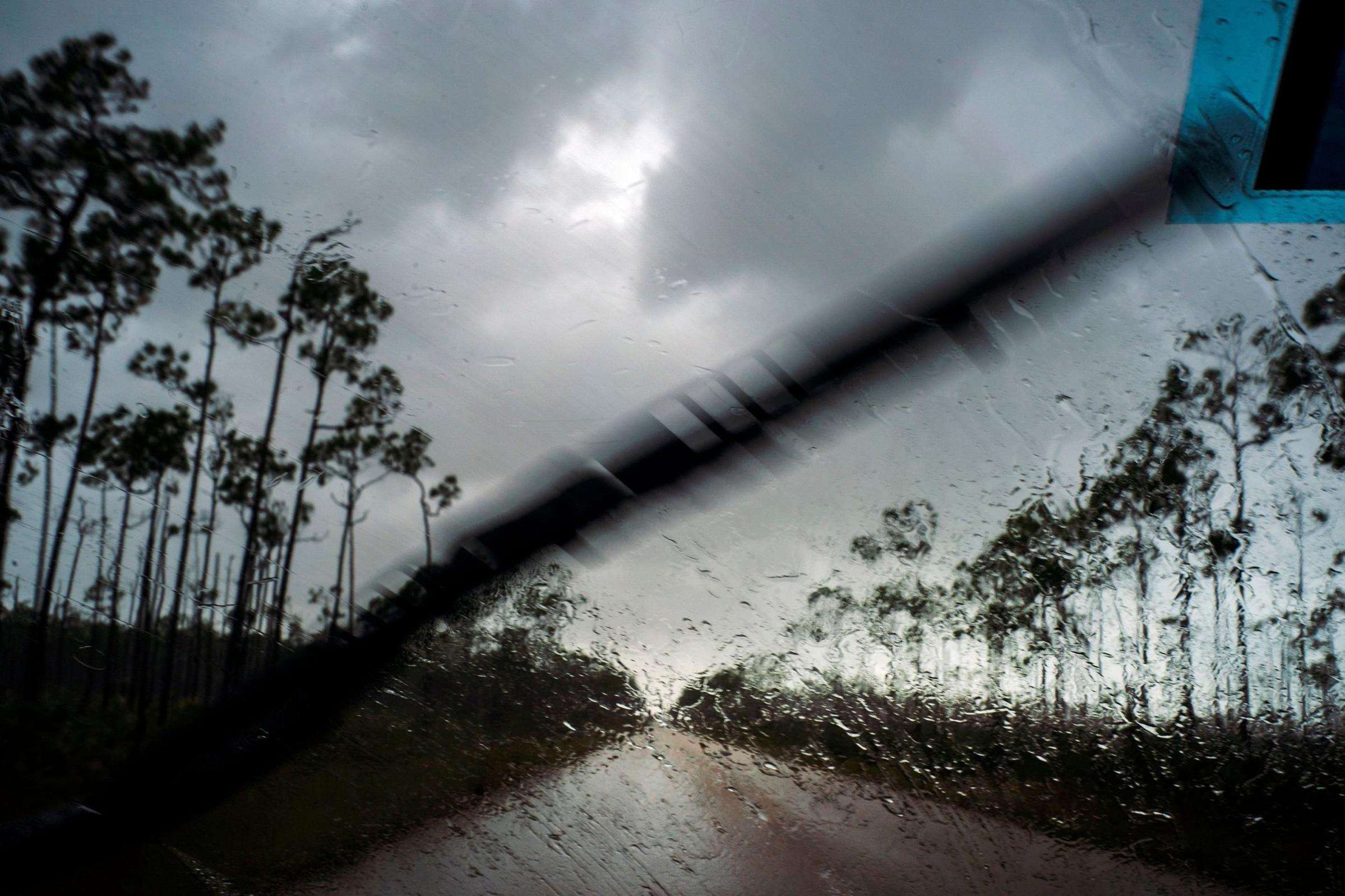
TIME: When did you arrive in the Bahamas?
Espinosa: The trip started waiting for Dorian in Puerto Rico. We arrived on Aug. 26th to San Juan, but after following the hurricane, we realized the storm was heading directly to Grand Bahama. After checking with the office we took a flight to Freeport on Aug. 29th to wait for Dorian there.
Have you covered lots of Hurricanes? How does this one compare?
I’ve covered hurricanes in the Caribbean over the last 14 year. The last was Irma in Cuba [in 2017] — that was a category 3-4 — and Matthew in Baracoa, also in Cuba, in 2016, but nothing compared to this one. It was giant, weird, stationary and crushing everything.
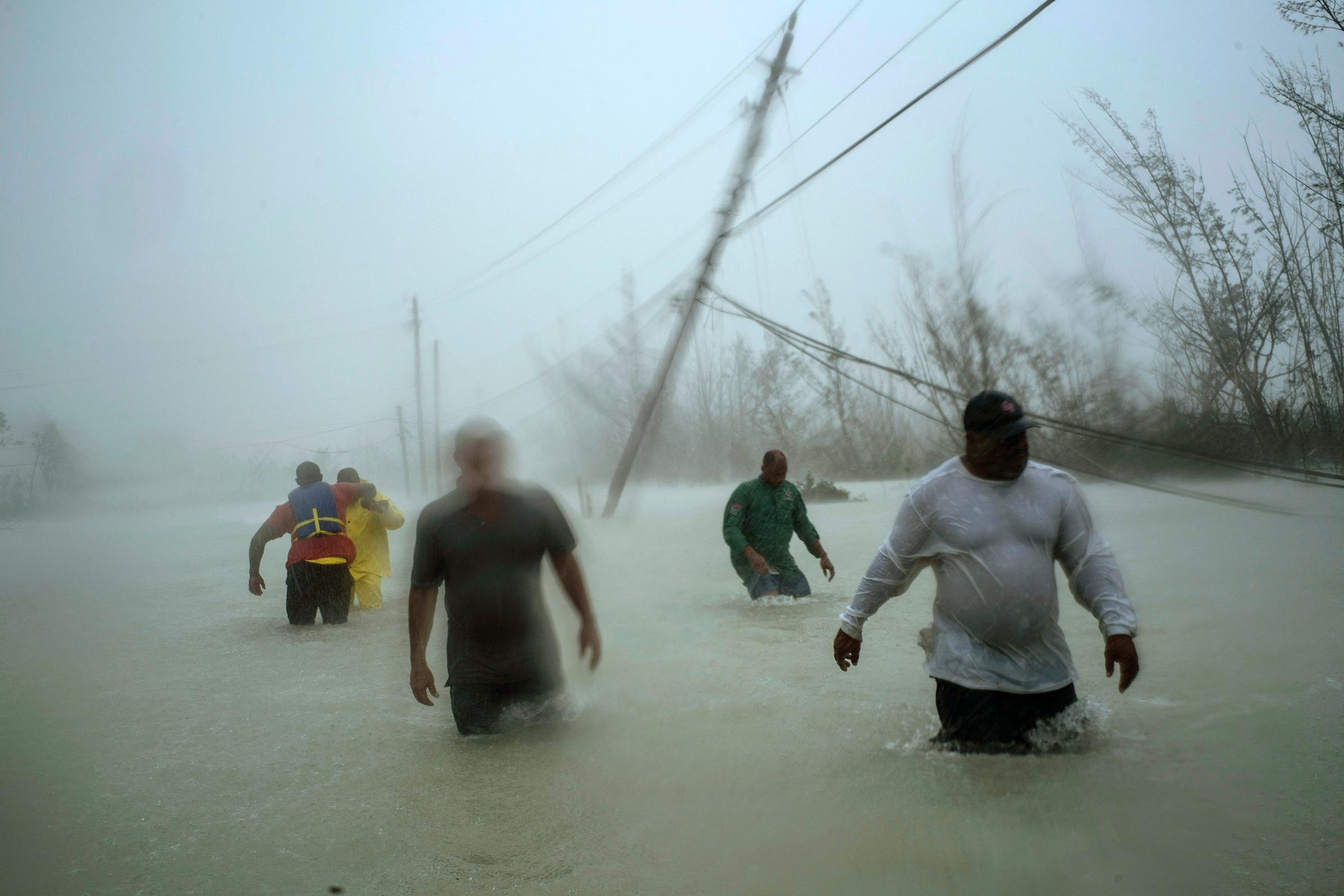
Do any specific memories stand out from those days it stalled over the island?
What stands out is the landscape of destruction. We saw paradise when we arrived, but after the hurricane everything was destruction. The green disappeared.
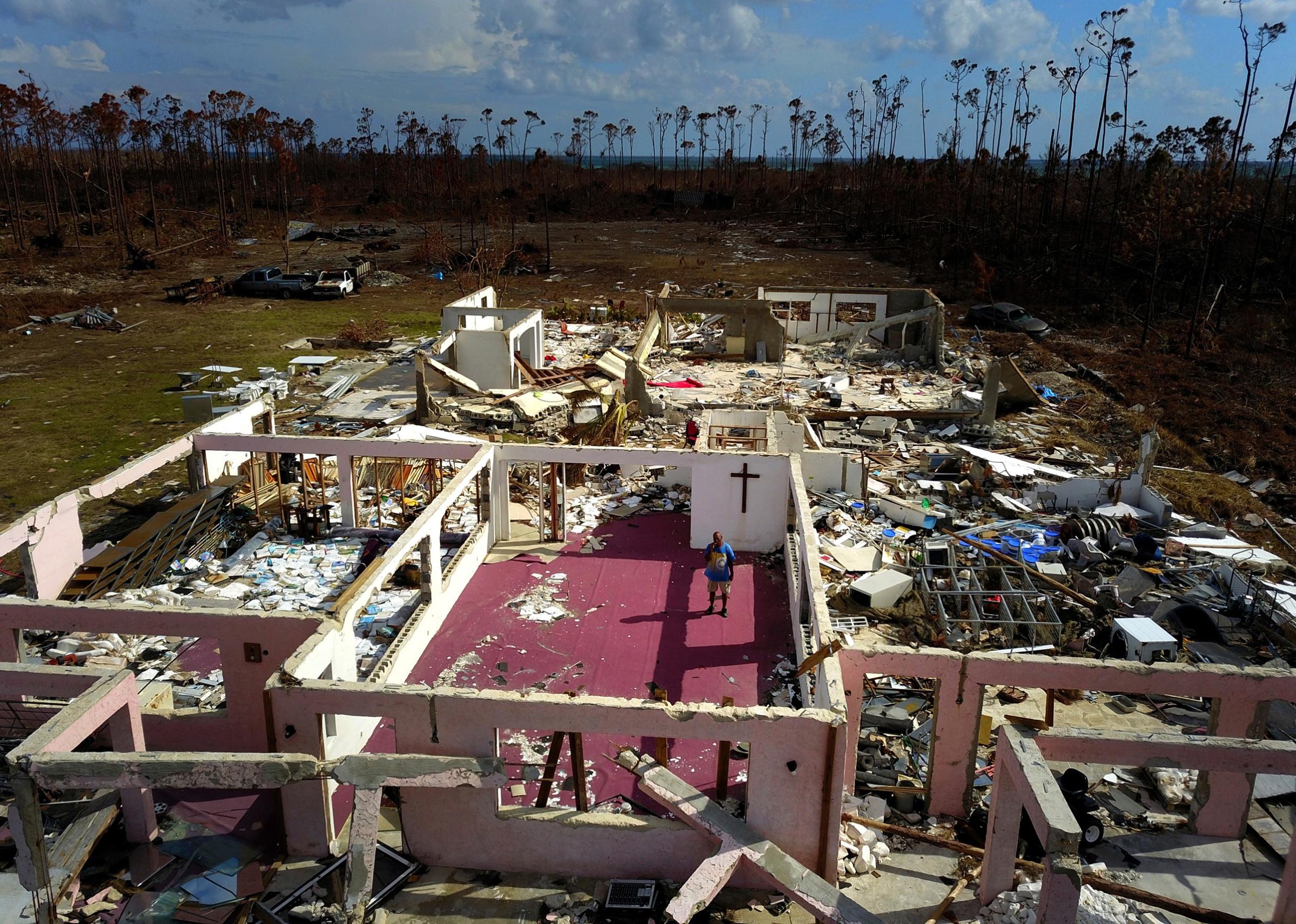
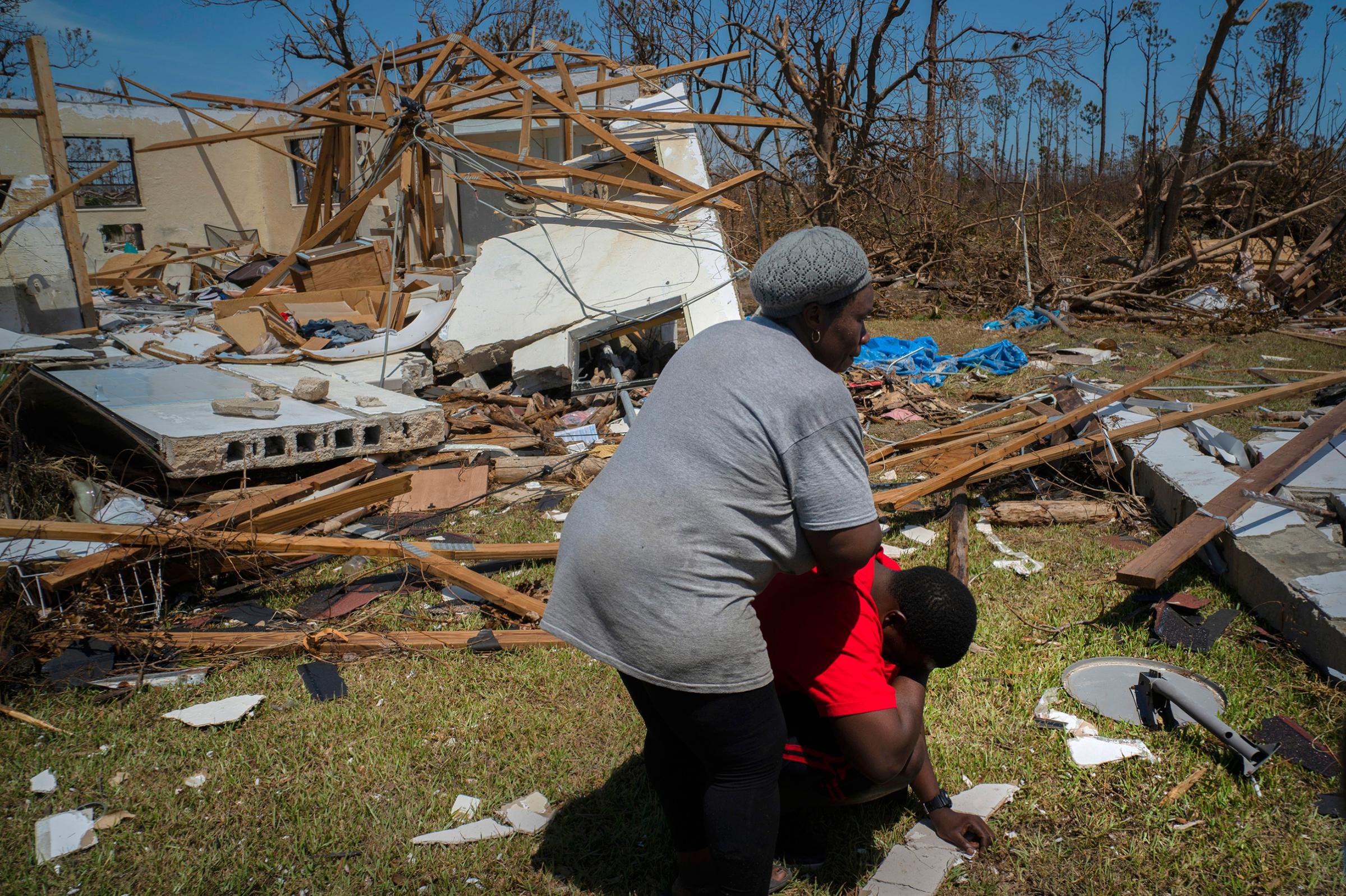
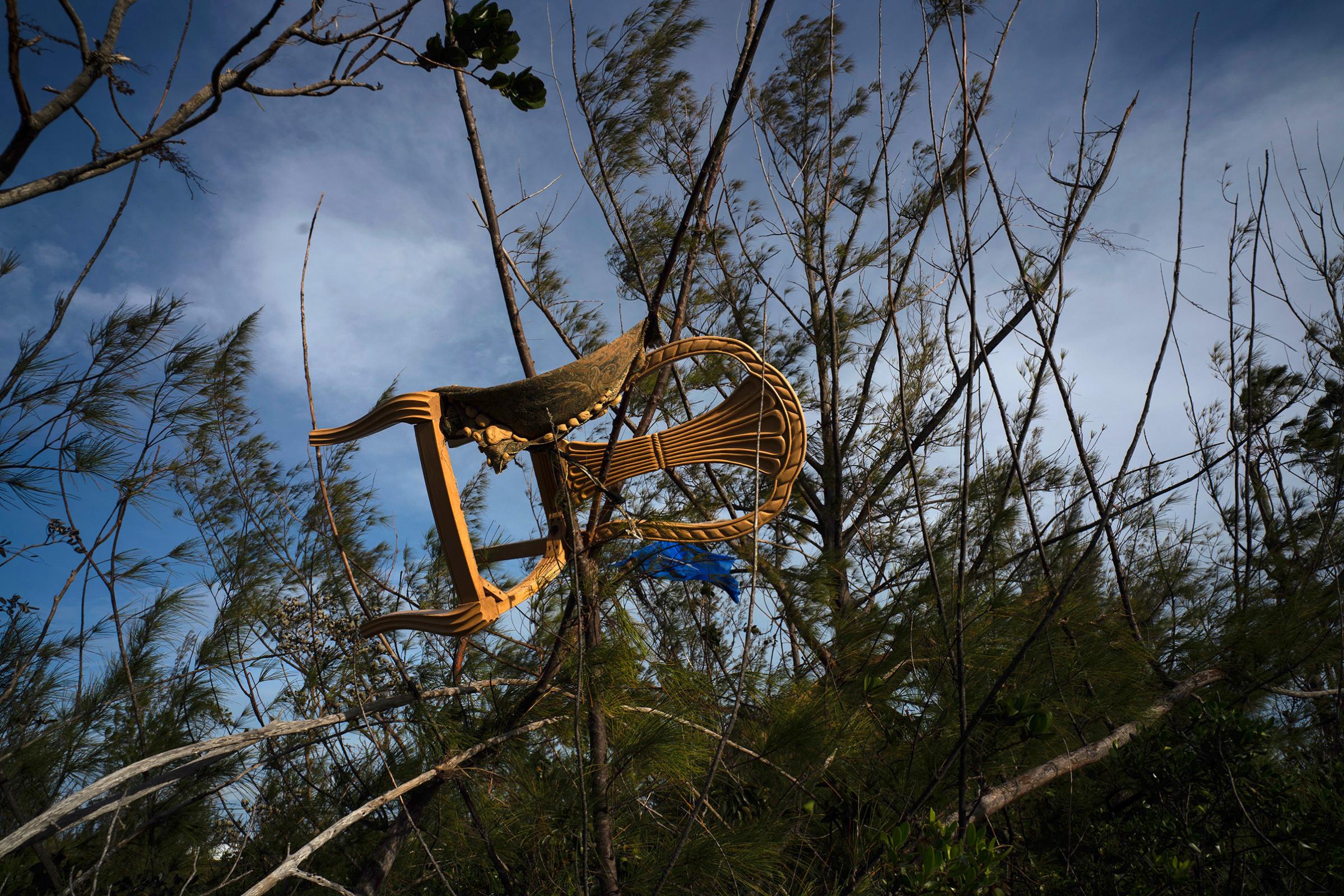
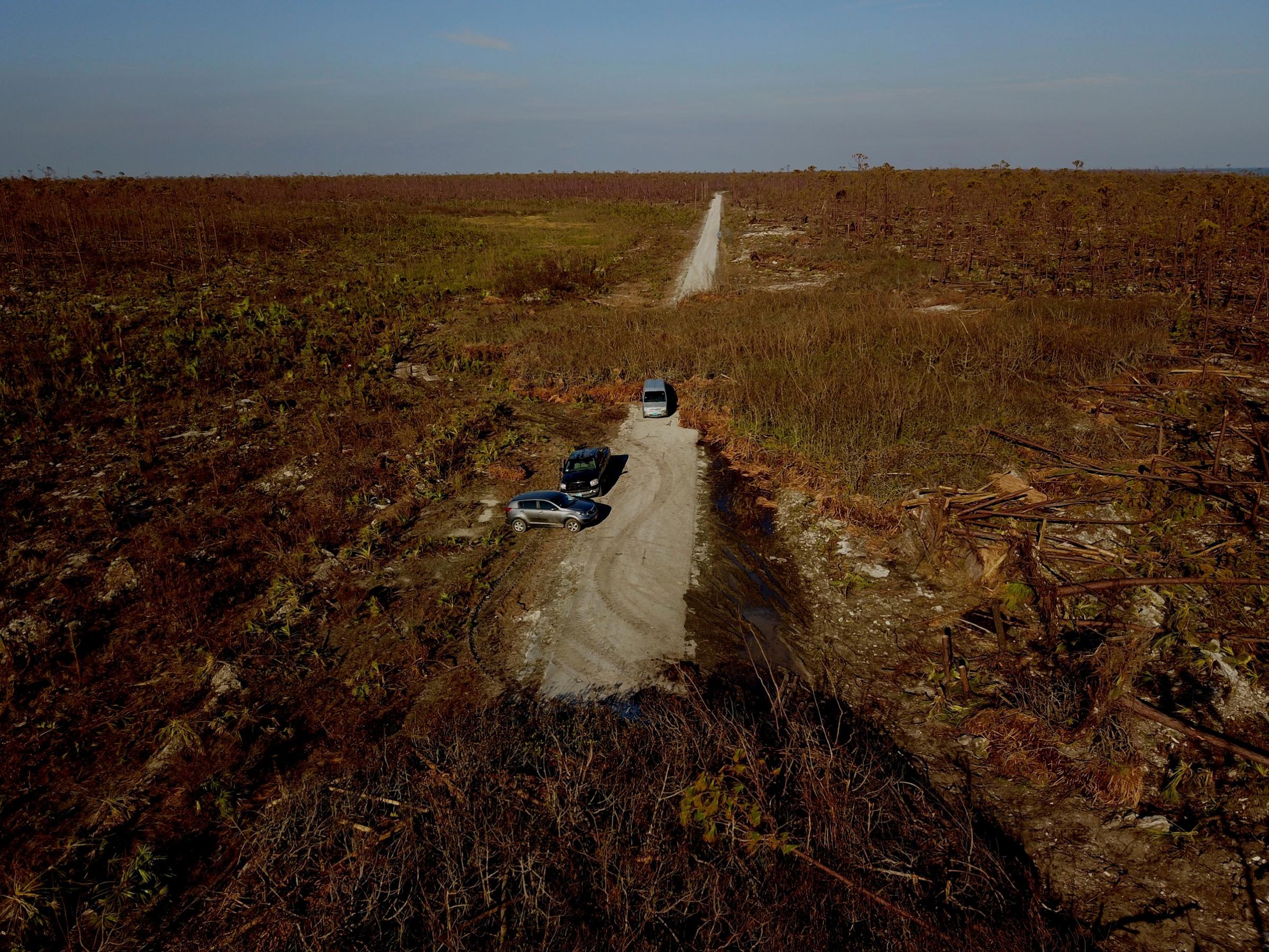
Where did you stay during the storm?
In Freeport. I tried to take photos during the storm, but there came a time [when] that was not safe, and I preferred to keep my equipment safe to work after the hurricane.
Hoping you can tell us about a few specific photographs. Can you tell me about the images you made during the rescue in the water. How did you make those?
A colleague who is from the island said people were rescuing survivors to the east of the island. I got out in the car — everything was flooded. I had to be careful to keep the car from turning off. I went hoping to get on a boat, but when I arrived, the boats were too small and there was no place for me, only for the people they were rescuing. I decided to wade through the water, water that reached my hip. I brought towels to protect and dry the cameras and lenses; one towel got soaked and with the other I managed to keep the lens from getting wet and thus I was able to get those images of people walking in the middle of the water. It was raining heavily and the conditions were very complicated to work.
What was it like when the storm finally passed and you saw the devastation for the first time?
The first thing I saw were the shattered houses. I went to help our stringer and his family, and it reminded me a lot of Haiti’s earthquake. After taking photos of the rescue efforts, I saw a large boat in the middle of the street, a crazy image.
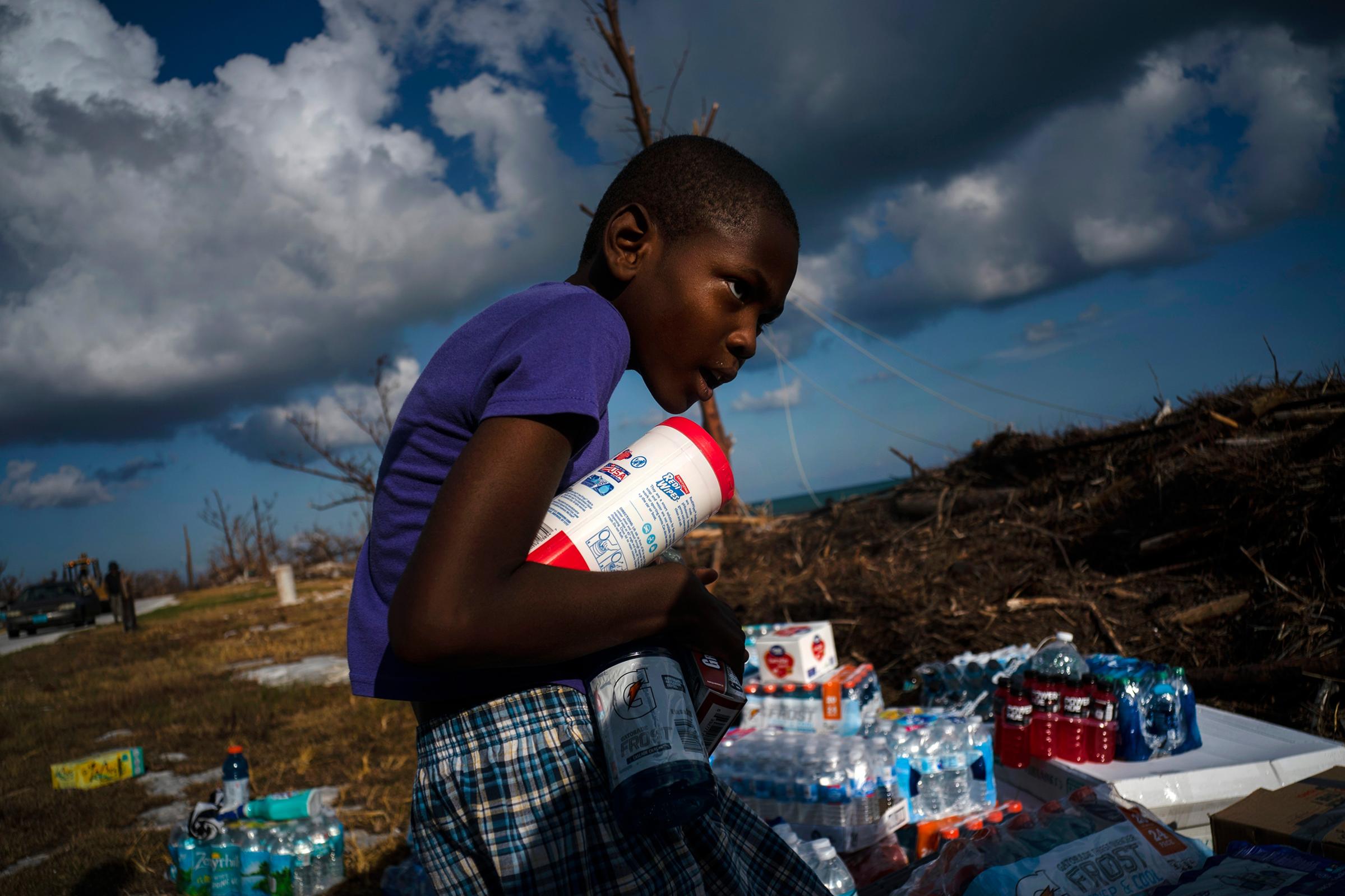
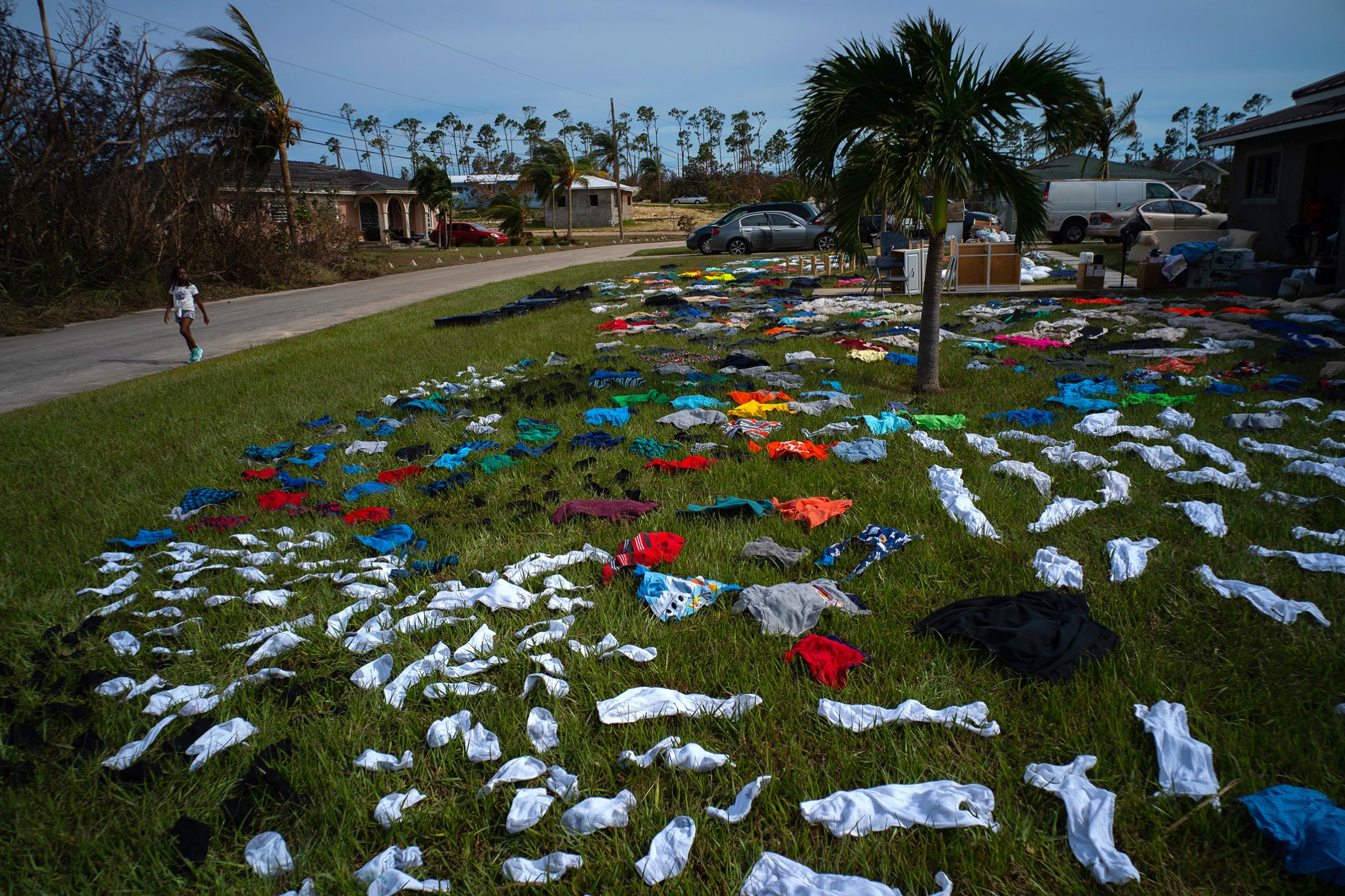
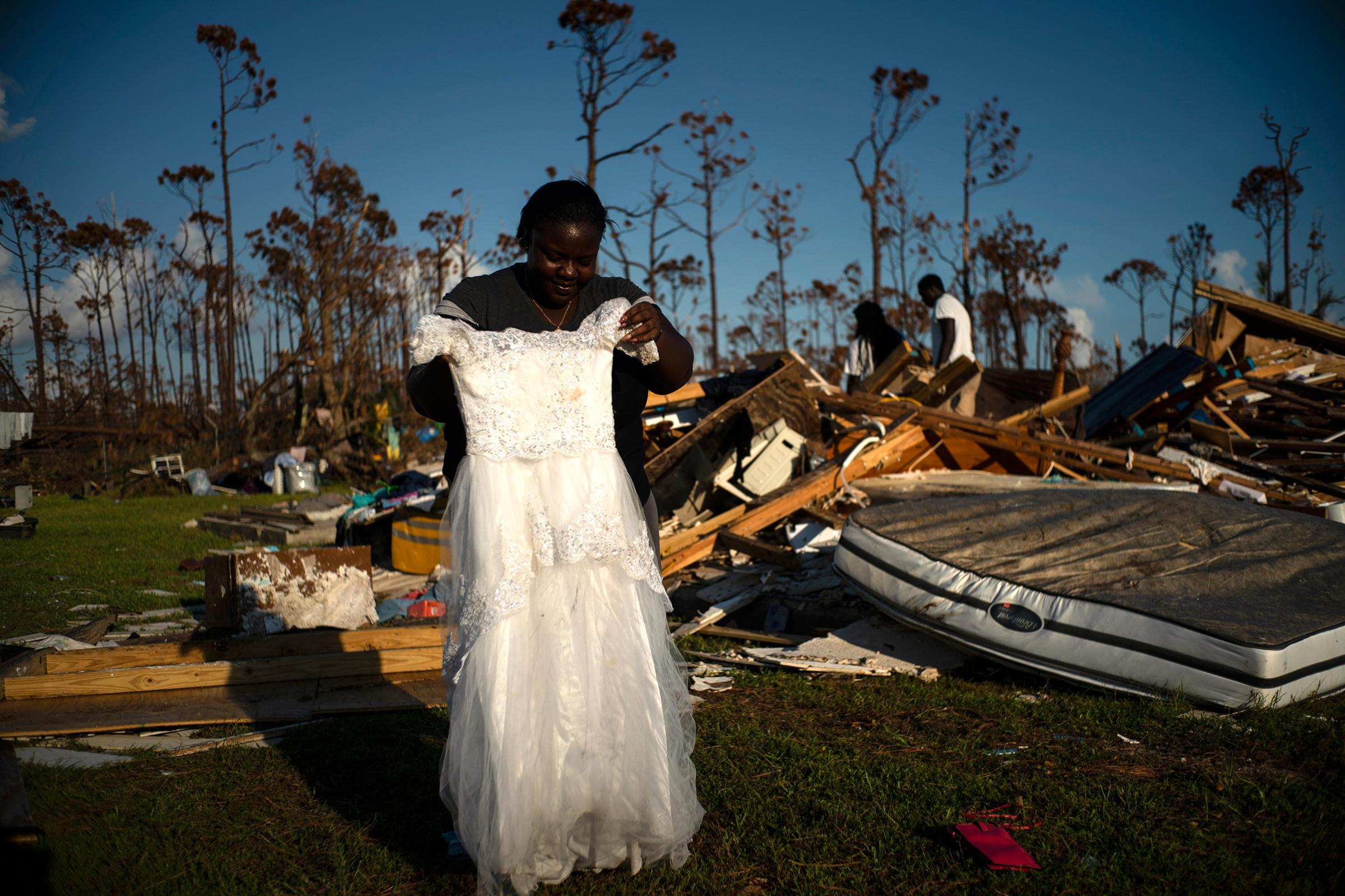
Two weeks later, what are you seeing?
Destruction and very friendly people trying to start over.
Do you think any part of the story is being overlooked right now?
People were left with nothing and they do not know where their missing relatives are. The storm devastated everything, and survivors who lost their relatives need to bury their loved ones.
Can you tell us what you have seen in terms of rescuers looking for bodies?
I went out one day with the police to the east side of Grand Bahama area and in two hours they found five bodies. But many bodies were washed away. There’s many people who don’t know anything about their relatives. The sea probably took them. When they went to search for relatives at their homes, they only found destruction — nothing standing.
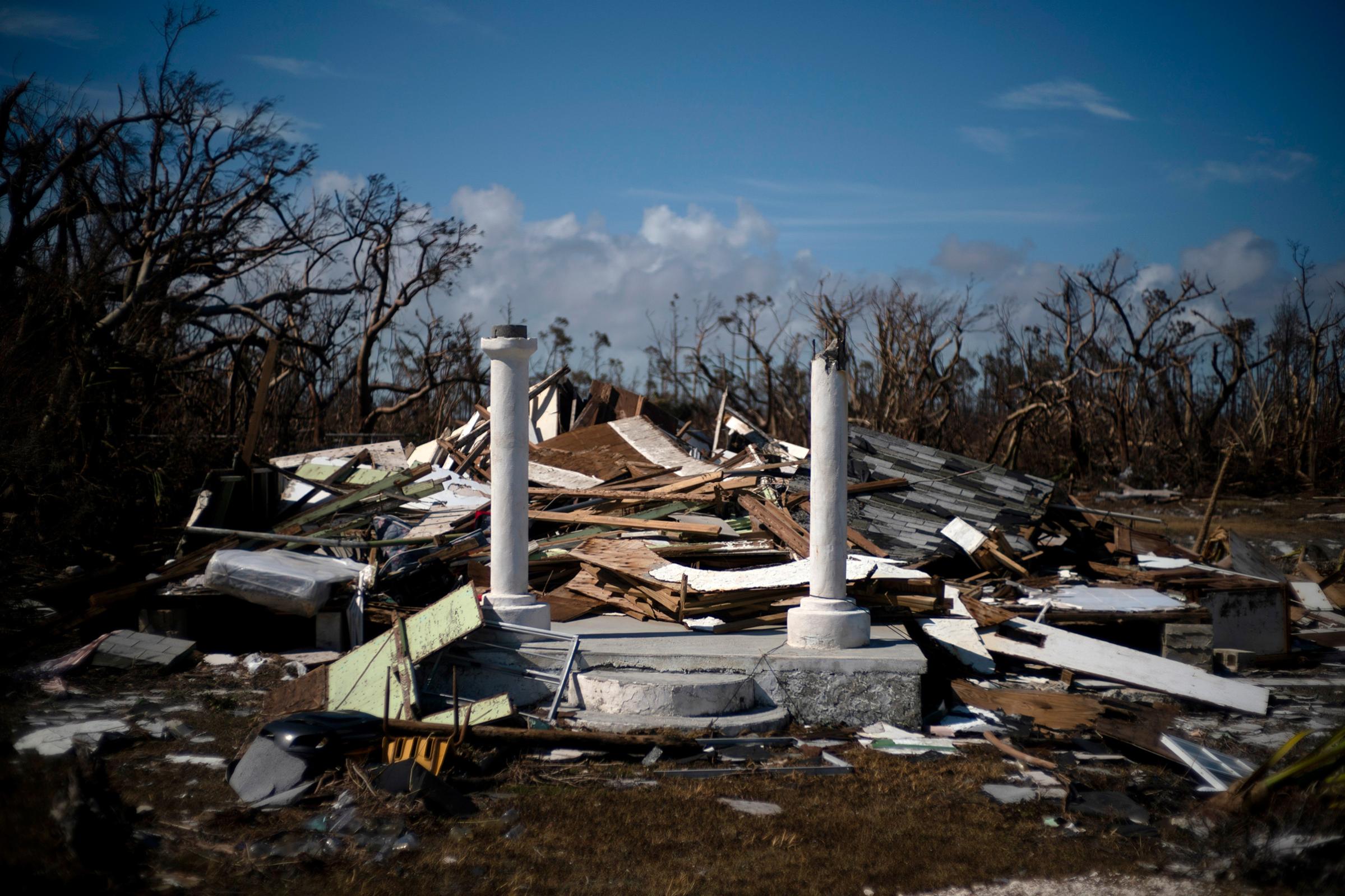
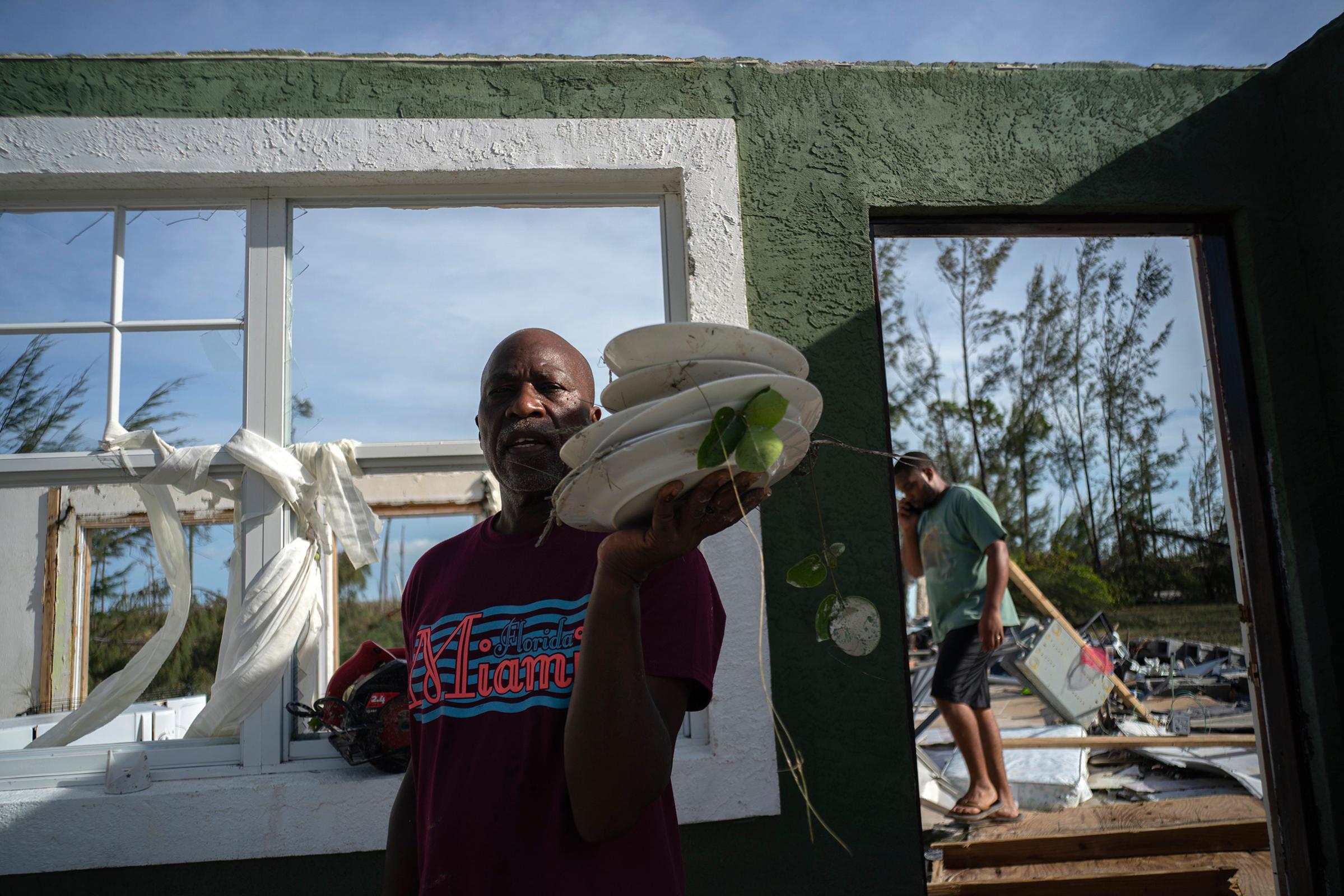
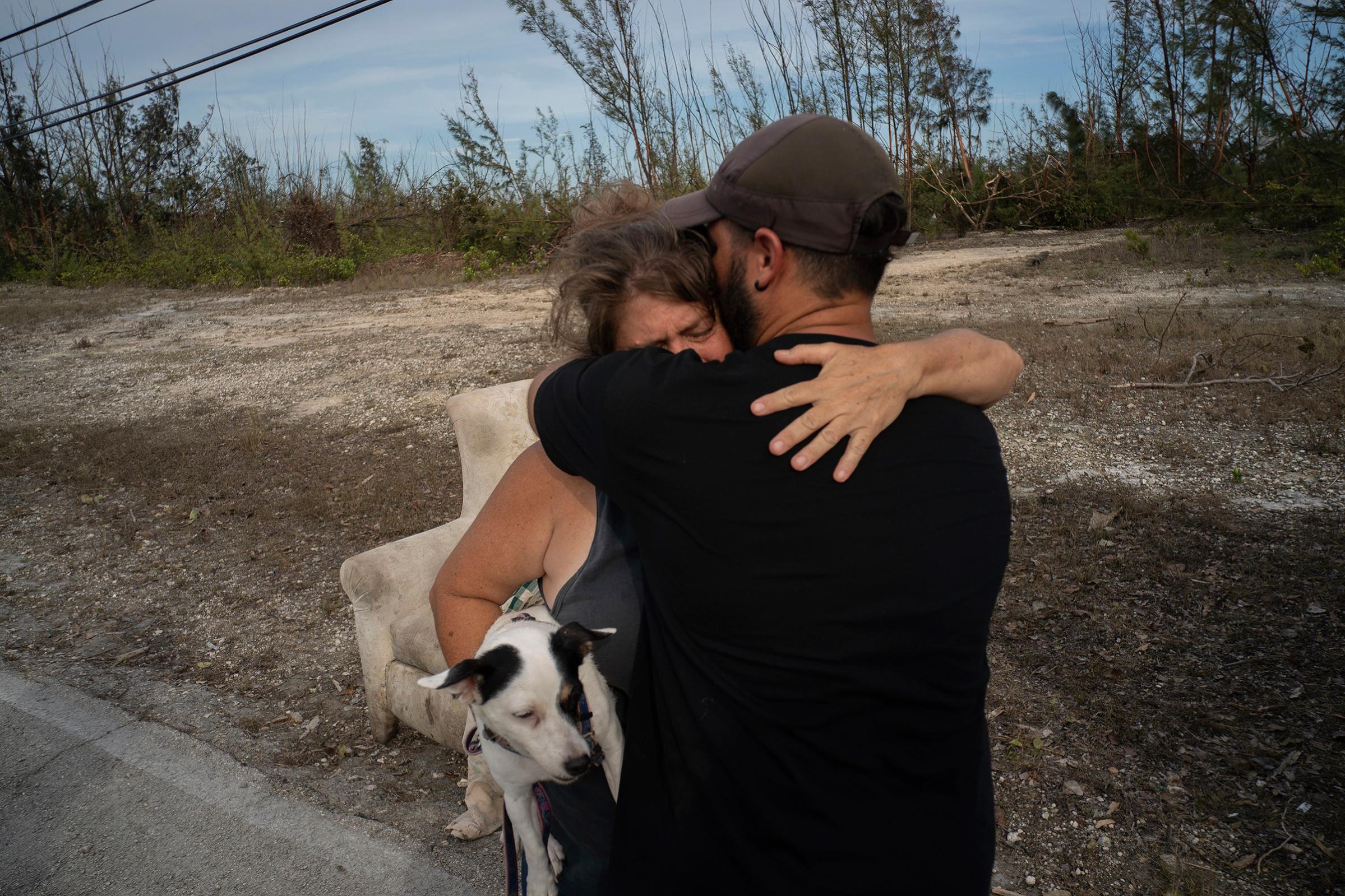
Can you describe the photo of the water-filled coffin in the cemetery?
A resident of Mclean’s Town Cay told me Dorian had destroyed the cemetery so I went to take a look. It took me a day to find it. Everything was broken. The graves were broken, many empty. Coffins out of place, open.
That particular photo was my way of showing what Dorian meant. The simple fact that the coffin was out of the earth, full of water, was a very clear message of what the storm brought. Even the body had disappeared — the water took it to the sea. When I reached that point the sun was starting to go down. The moment, for me, was like a reflection to all the coverage.
For those who want to help survivors, what do you think the island needs most right now?
What they need is to rebuild. They need everything. There is nothing in a lot of places and survivors need to start from scratch. The whole area is totally destroyed, nothing works in Abaco and the east of Grand Bahamas.

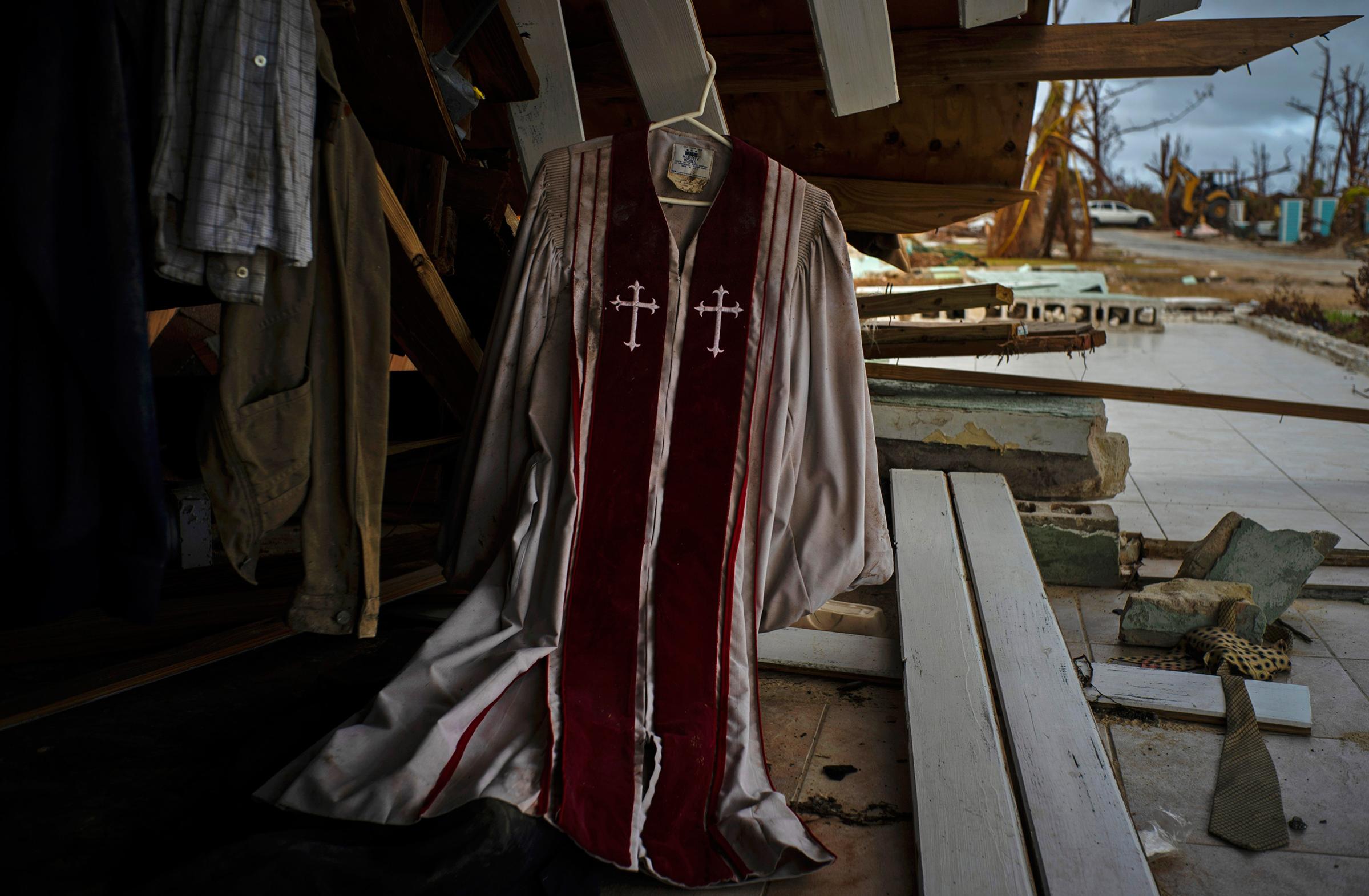
Are there any other thoughts or stories that stand out for you?
Dorian was giant. It’s like seeing the destruction after an atomic bomb. Many of those affected are immigrants, most of them are Haitians. They lost the little they had. Those who went through the earthquake [in 2010], emigrated [to the Bahamas] for a better life, were left with nothing again. After many years of suffering, life becomes a boomerang and they have to start over. The hurricane struck all social classes, but of course the people who suffer most are the most needy.
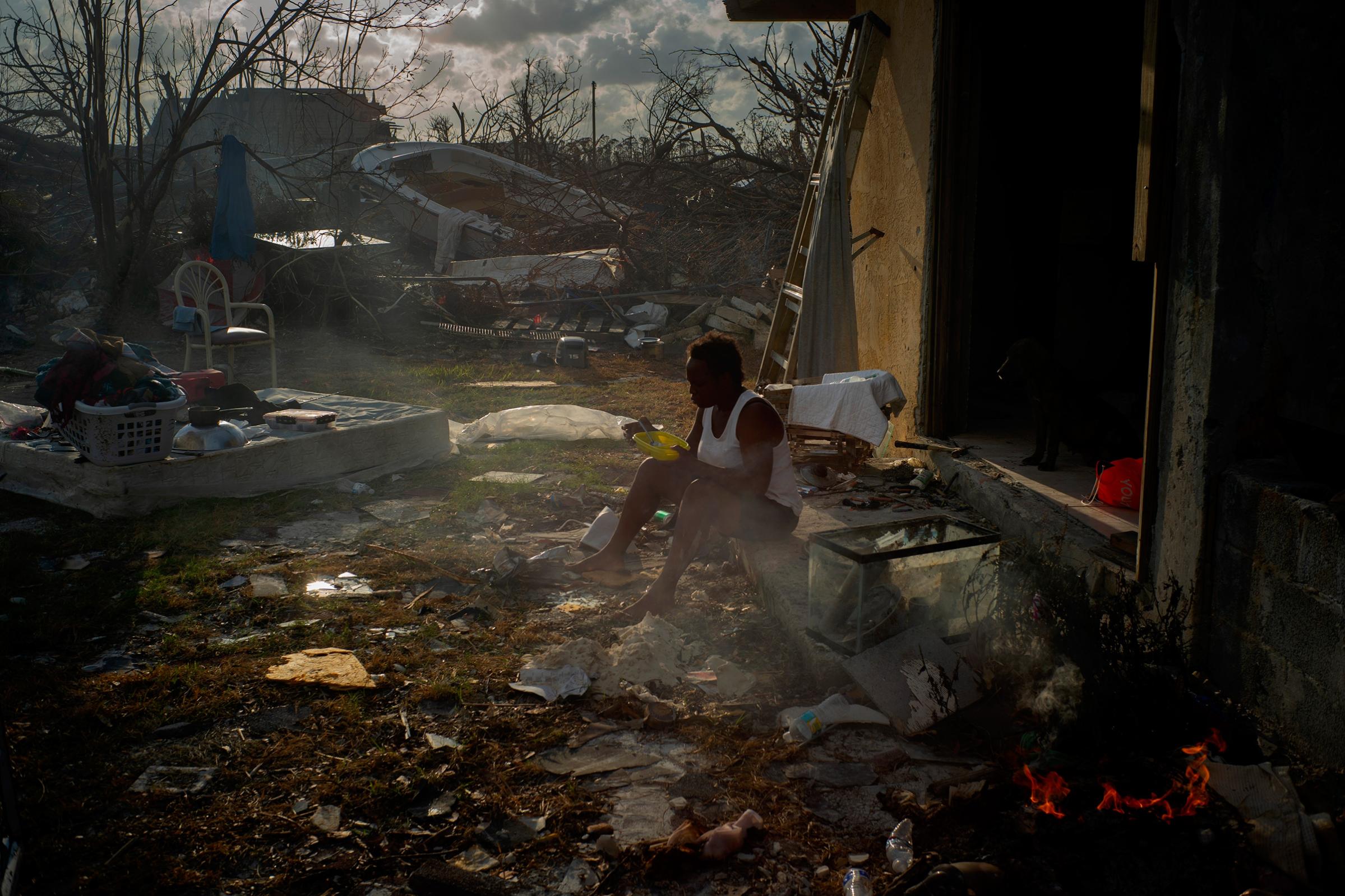
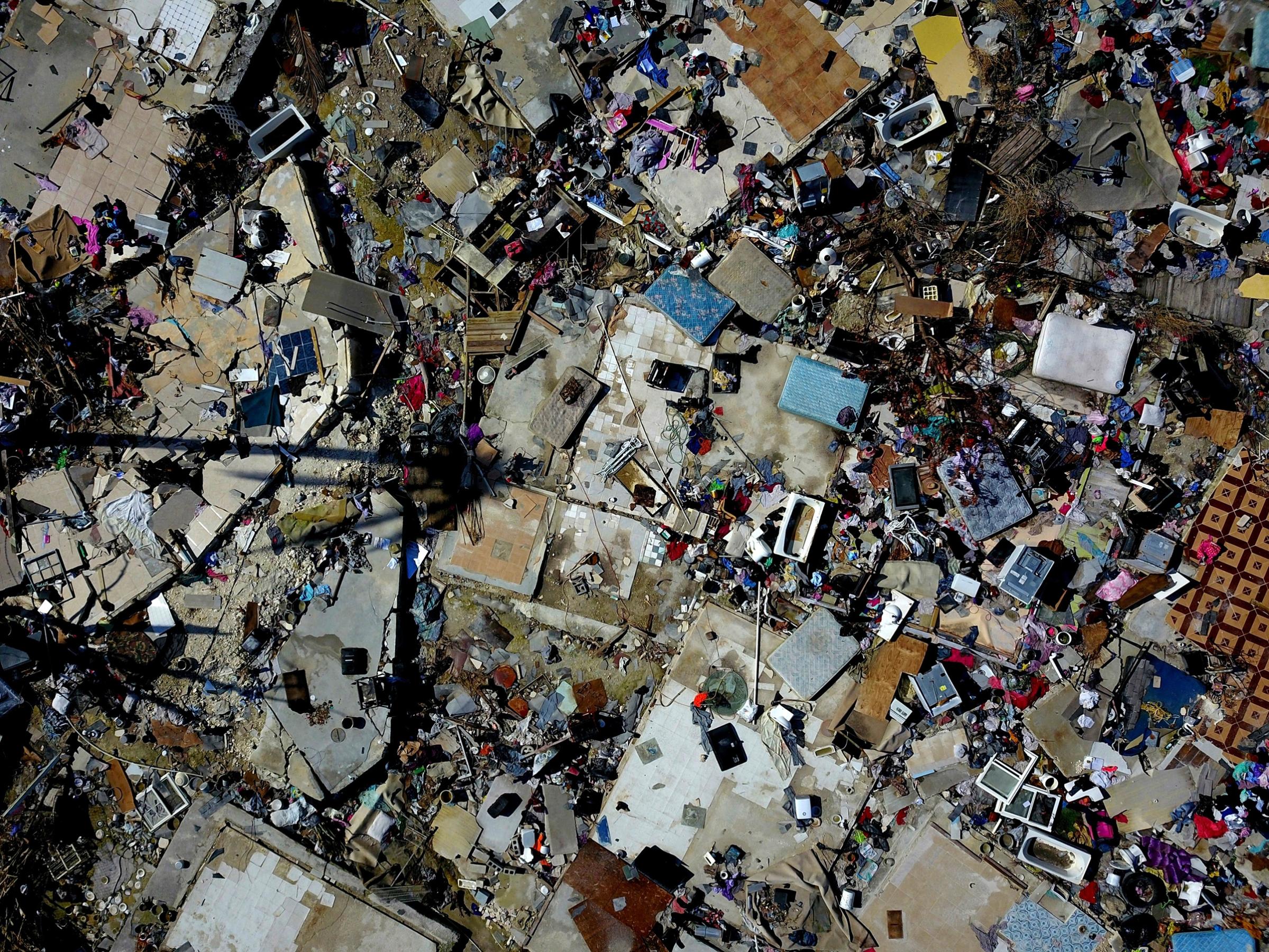
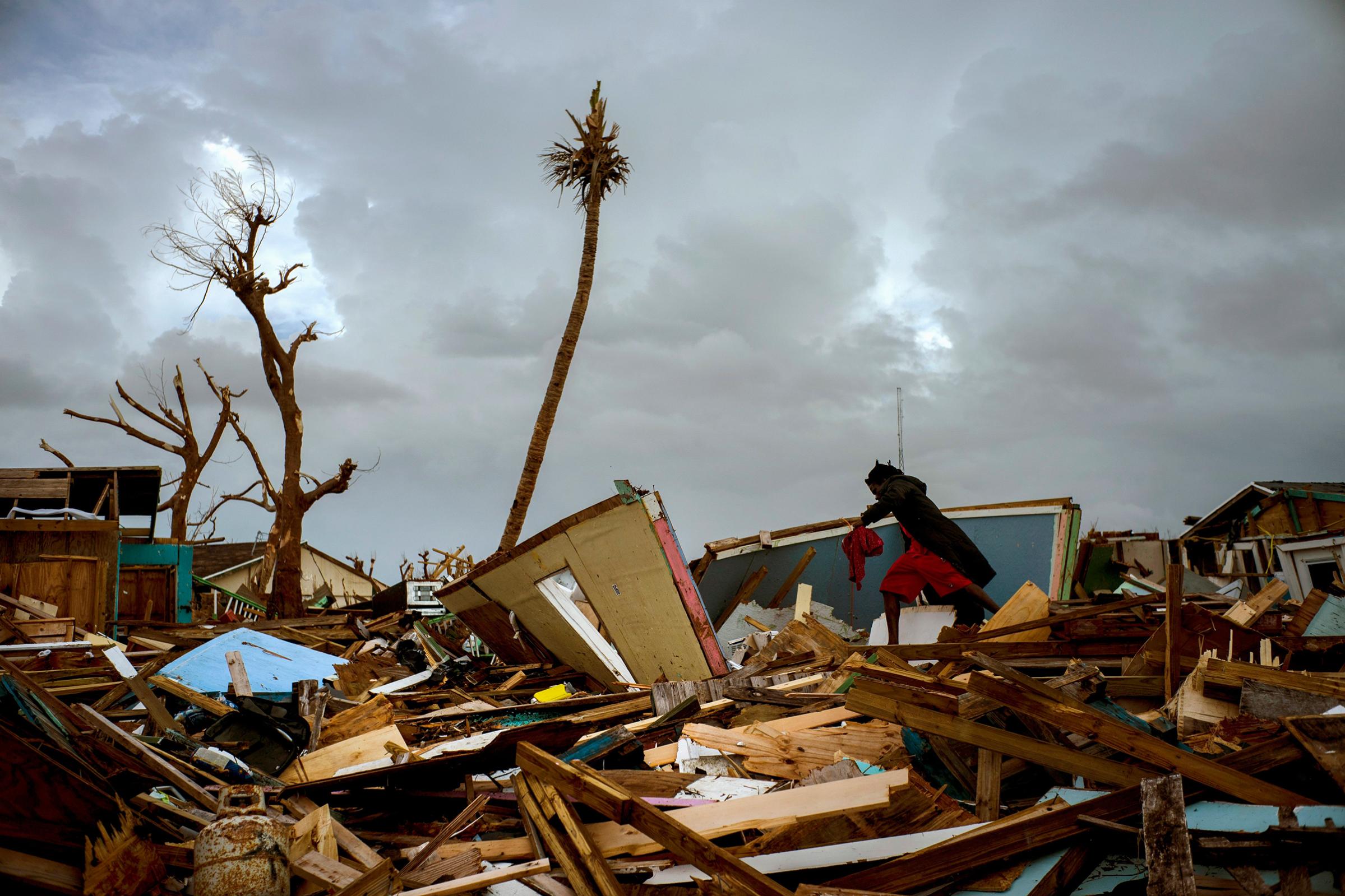
Ramon Espinosa is an Associated Press staff photographer based in Cuba
Paul Moakley is editor at large for special projects, at TIME
More Must-Reads from TIME
- Cybersecurity Experts Are Sounding the Alarm on DOGE
- Meet the 2025 Women of the Year
- The Harsh Truth About Disability Inclusion
- Why Do More Young Adults Have Cancer?
- Colman Domingo Leads With Radical Love
- How to Get Better at Doing Things Alone
- Michelle Zauner Stares Down the Darkness
Contact us at letters@time.com